English Heritage sites near Bratton Parish
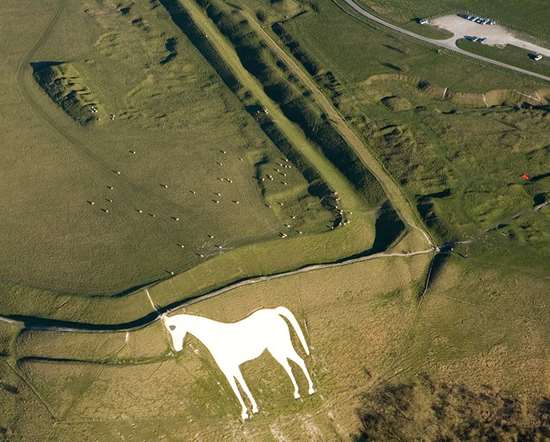
BRATTON CAMP AND WHITE HORSE
0 miles from Bratton Parish
Below an Iron Age hillfort stands the Westbury White Horse. Cut into the hillside in 1778, it replaced an older horse, possibly commemorating King Alfred's nearby victory over the Vikings.
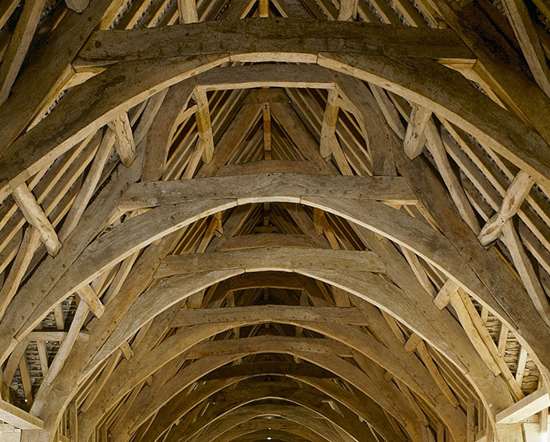
BRADFORD-ON-AVON TITHE BARN
7 miles from Bratton Parish
A spectacular 14th century monastic stone barn, 51 metres (168 feet) long, with an amazing timber cruck roof. Originally a part of the medieval farmstead belonging to Shaftesbury Abbey.
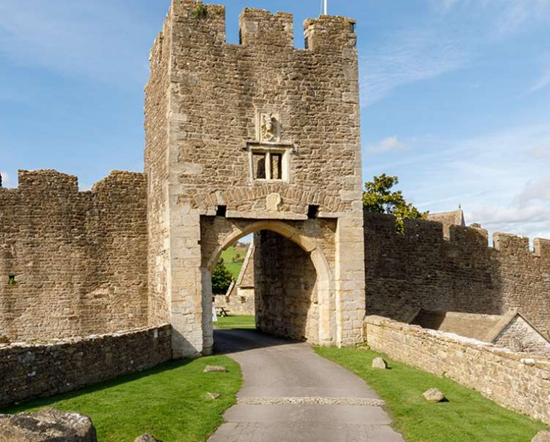
FARLEIGH HUNGERFORD CASTLE
7 miles from Bratton Parish
Impressive 14th century castle with hidden treasures and sinister past. Chapel with rare medieval wall paintings and in the crypt, the best collection of human-shaped lead coffins in Britain.
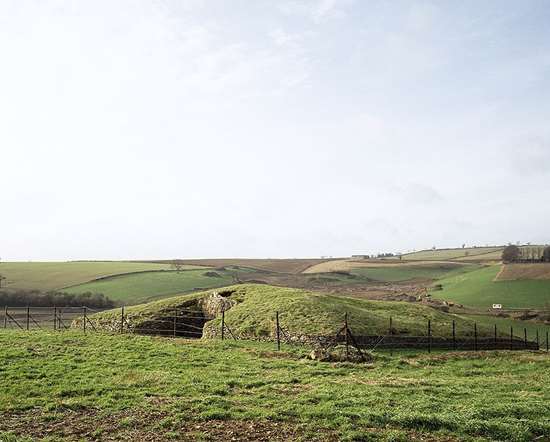
STONEY LITTLETON LONG BARROW
11 miles from Bratton Parish
One of the finest accessible examples of a Neolithic chambered tomb, with its multiple burial chambers open to view. Bring a torch and experience the burial chambers at first hand.
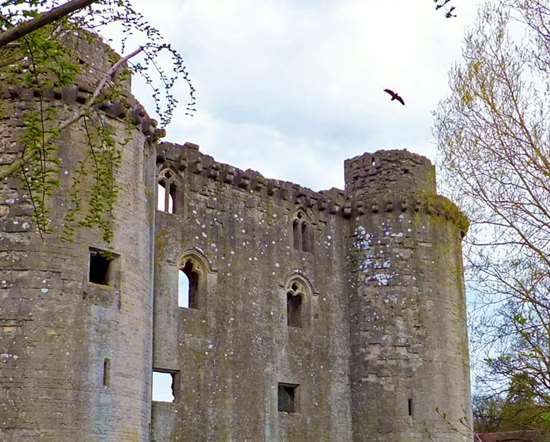
NUNNEY CASTLE
11 miles from Bratton Parish
Picturesque moated castle built in the 1370s. Held for the King during the Civil War, falling to Parliamentarian cannon in 1645: the gun-damaged wall finally collapsing on Christmas Day 1910.
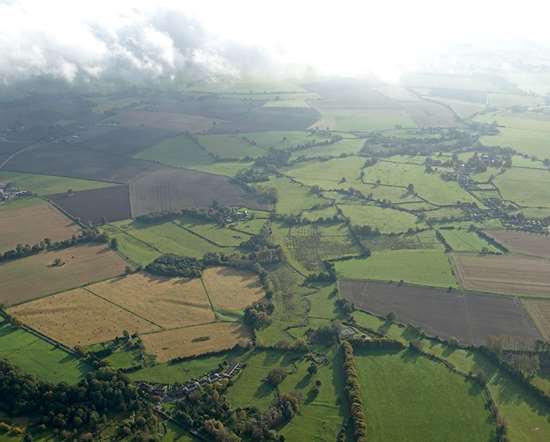
HATFIELD EARTHWORKS (MARDEN HENGE)
12 miles from Bratton Parish
The earthworks of a Neolithic henge and monumental mound, by a loop in the River Avon. Recent archaeological find of building equivalent to a priest’s quarters.
Churches in Bratton Parish
Bratton: Saint James the Great
Church Road
Bratton
WESTBURY
(01380) 830374
https://www.beciebenefice.org/
About the Parish of Bratton and its Church
The Parish of Bratton is situated on the northern edge of the Salisbury Plain. It includes a series of beautiful coombes, some wooded, which includes the Parish Church of St. James, and the village of Bratton itself.
The parish is of interest to historians, ramblers, artists and people with an interest in outdoor pursuits.
Historians have a wealth of things to interest them. The Bratton White Horse, the oldest of the area's White Horses, marks the Western-most boundary of the Benefice of Bratton, Edington and Imber, Erlestoke and Coulston. It was carved into the chalk hillside, and first appeared in literature in 1742. Far older are the large ramparts and ditches of Bratton Castle (Camp) which is an ancient Hillfort, one of many created in the early first millennium BC between the end of the Bronze Age and the start of the Iron Age. Within the extensive fortifications there would have been roundhouses, granaries, stores and workshops. Located within the 23 acres of the Castle/Camp on Bratton Down are three Barrows: one Long Barrow, a Bowl barrow and a short Round Barrow. The Long Barrow is from the New Stone Age. Roman and Saxon coins have been found in the area.
Also located on Bratton Down is a marker stone for the Battle of Ethandun in 878AD. This battle was Alfred the Great's most significant victory over the Danes, which ultimately brought about the Treaty of Wedmore that year, and the establishment of the English nation.
The Church of St James is a plague church, originally constructed to serve the inhabitants of a hamlet called Little Stoke, in the coombe between Bratton Castle and St James', but which was abandoned due to the Black Death, and its effects, during the 1340s-60s. It is nowadays an active church serving the nearby village of Bratton. (See below for more details of the church). St James' is largely of 13th Century origin, and is constructed in the Early English Gothic architectural style, with some later additions. It is open to visitors during daylight hours, and there are guidebooks, Spiritual Walks and activities for children to undertake.
Naturalists and Ramblers are bound to find the varied scenery and habitats of interest, and many rare species from the Protected areas of the Salisbury Plains are to be found on Bratton Down and other places within the parish. Bratton Down as a whole is a Site of Special Scientific Interest and is noted for rare chalkland plants, butterflies and moths. There are walks to St James' Church from both the village of Bratton and from the White Horse/Bratton Castle area, passing through woodland and by the side of chalkland streams.
People with an interest in the outdoors may be interested in the paragliding and kite flying that takes place in the area.
We hope you enjoy your visit to St James' Church and the Parish of Bratton!
Safeguarding Policy
St James' the Great Church takes its responsibilities surrounding the safeguarding of children, young people, and adults who may be at risk very seriously, and works in partnership with the Diocese of Salisbury to ensure that we act in accordance with best practice at all times. Our Benefice Safeguarding Policy is on our church noticeboard.
If you have any Safeguarding questions or concerns, you can contact our Benefice Safeguarding Officer, Joanna Robertson on 01380 830375 email [email protected]. Alternatively you can contact the Diocesan Safeguarding Adviser, on 07500 664800 or email [email protected]
Pubs in Bratton Parish
Duke

Melbourne Street, Bratton, BA13 4RW
(01380) 830242
bratton-parish.co.uk/index.php/local-bus...
